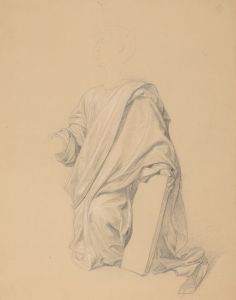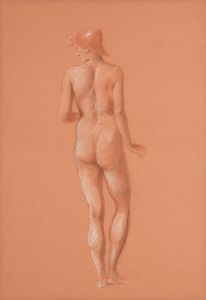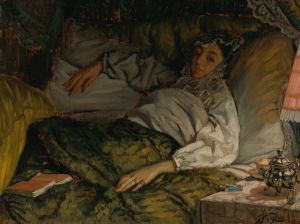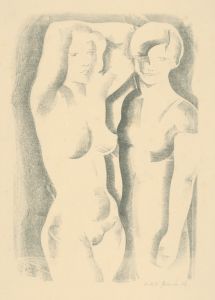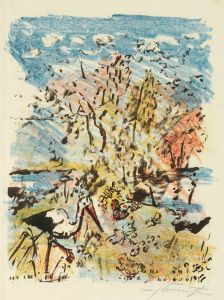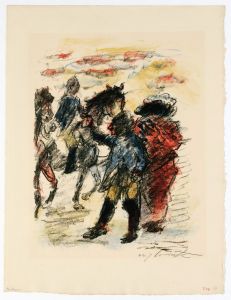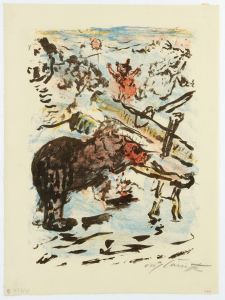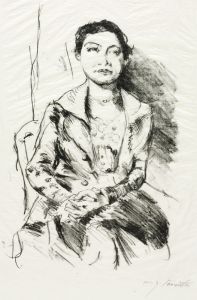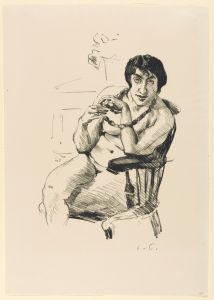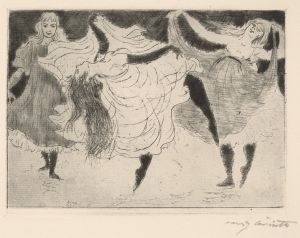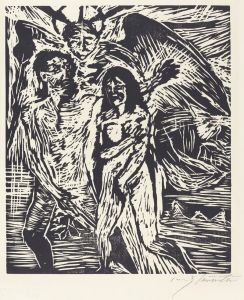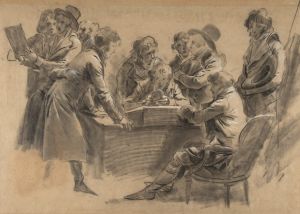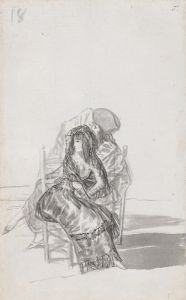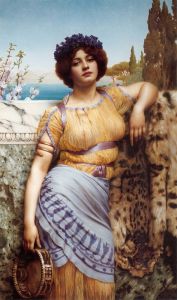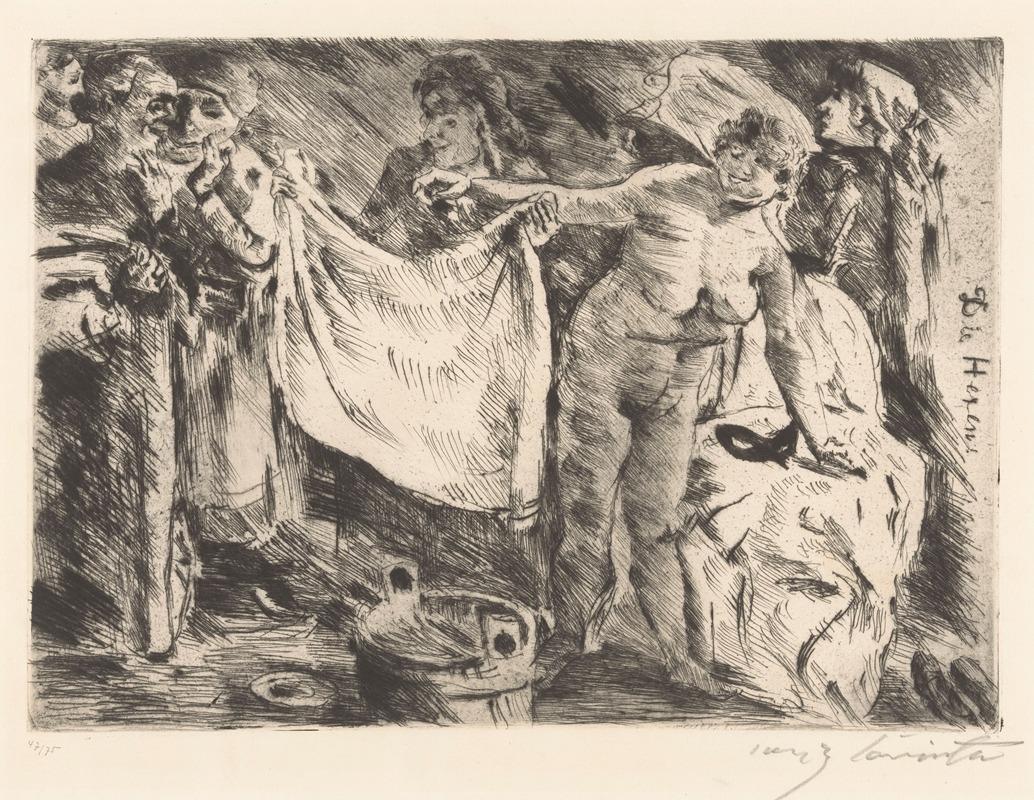
Groep vrouwen, waarvan één naakt en een ander een doek omhooghoudend
A hand-painted replica of Lovis Corinth’s masterpiece Groep vrouwen, waarvan één naakt en een ander een doek omhooghoudend, meticulously crafted by professional artists to capture the true essence of the original. Each piece is created with museum-quality canvas and rare mineral pigments, carefully painted by experienced artists with delicate brushstrokes and rich, layered colors to perfectly recreate the texture of the original artwork. Unlike machine-printed reproductions, this hand-painted version brings the painting to life, infused with the artist’s emotions and skill in every stroke. Whether for personal collection or home decoration, it instantly elevates the artistic atmosphere of any space.
Lovis Corinth was a German painter and printmaker whose work is associated with the transition from Impressionism to Expressionism in the late 19th and early 20th centuries. One of his notable works is "Groep vrouwen, waarvan één naakt en een ander een doek omhooghoudend," which translates to "Group of Women, One of Whom is Naked and Another Holding Up a Cloth." This painting exemplifies Corinth's skill in capturing the human form and his interest in exploring themes of femininity and the human condition.
Corinth was born on July 21, 1858, in Tapiau, East Prussia (now Gvardeysk, Russia). He studied art in Königsberg, Munich, and Paris, where he was influenced by the Impressionists. His early works were characterized by a naturalistic style, but as his career progressed, he began to incorporate more expressive elements into his paintings. This evolution is evident in his later works, including "Groep vrouwen, waarvan één naakt en een ander een doek omhooghoudend."
The painting depicts a group of women in an intimate setting, with one woman nude and another holding a cloth. Corinth's use of color and brushwork in this piece reflects his mature style, which often combined the loose, fluid techniques of Impressionism with the bold, emotional intensity of Expressionism. The composition and subject matter suggest a scene of domesticity and femininity, themes that Corinth frequently explored in his work.
Corinth's approach to the human figure was both realistic and expressive, capturing not only the physical appearance of his subjects but also their emotional and psychological states. In "Groep vrouwen, waarvan één naakt en een ander een doek omhooghoudend," the figures are rendered with a sense of immediacy and vitality, showcasing Corinth's ability to convey movement and emotion through his brushwork.
Throughout his career, Corinth was known for his versatility and willingness to experiment with different styles and techniques. He was a prominent figure in the Berlin Secession, an art movement that sought to challenge the conservative art establishment in Germany. His work was well-received during his lifetime, and he was regarded as one of the leading artists of his generation.
In addition to his paintings, Corinth was also an accomplished printmaker, producing numerous etchings and lithographs. His contributions to the art world were significant, and his influence can be seen in the work of later artists who sought to blend realism with expressionism.
Lovis Corinth passed away on July 17, 1925, in Zandvoort, Netherlands. His legacy endures through his extensive body of work, which continues to be studied and appreciated for its innovative approach to form and emotion. "Groep vrouwen, waarvan één naakt en een ander een doek omhooghoudend" remains an important example of Corinth's artistic achievements and his exploration of the complexities of human experience.





